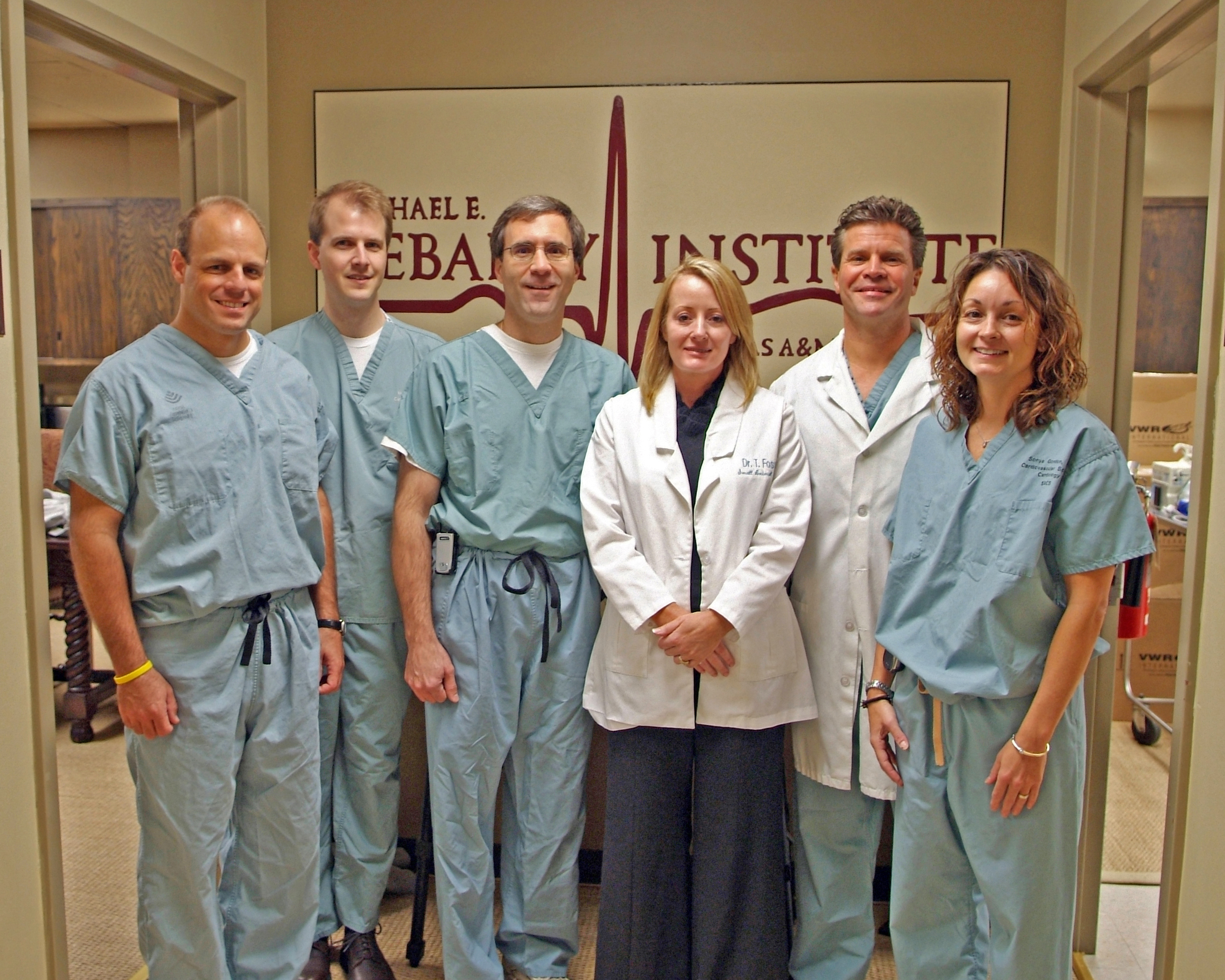Have you ever thought about the impact you make on others as you do your work? Someone is usually watching, how you do what you do, if not up close, from a distance. Over my career, I have been amazed at what team members have done for customers on their own, without prompting, to create excellent experiences for the customer. This takes two things in my view to accomplish:
- the right CULTURE
- and EMPOWERMENT
CULTURE: Some organizations have a culture that allow their team members to "make it right" no matter what. Team members do not fear making a mistake. The culture is blame free. The organization looks at systems problems, and knows that few issues are bad people problems.
EMPOWERMENT: is a difficult concept to embed in a culture. It can be offered from top leadership, but the team members has to step forward and accept it and act on it. A team member at a PALS Hamburger Stand in Johnson City, TN is faced with a customer at the drive-thru that doesn't have quite enough money to pay for the order that he placed. The team member has to make a business decision. He/she decides using judgement to say "That's fine, just pay me the next time you come by here." The customer is astonished! The team member is fearless of punishment for potentially losing money on the sale. The manager will reward the team member for providing excellent customer service. This type of "Sudden Service" has helped to earn PALS Hamburgers, a very small hamburger chain the Malcolm Baldridge National Quality Award!
I asked my team members, who all worked in an Emergency Department, what they did on their own, outside of the standard customer service training to put their personal mark on their work. Here are some of their answers:
“I am careful to make eye contact with every patient so that they know I am giving them my attention.”
•“I put a blanket over and under every elderly patient to preserve their body heat.
•“I tell seriously injured patients that they are at (name of hospital), and that they are safe now”.
•“I keep patients informed and carefully explain their treatment to them.”
•“I turn the TV to the education channel, when it can help them.”
•“I tell the patient that it has been my honor to care for them.”
•“I use fun bandaids or decorate them!”
•“I always sit down when I talk to my patients”
•“I like to use warm blankets and footies and change them whenever they need to be to keep the patient comfortable.”
•“I remember to put my name on the white board.”
•“I keep a bag of angels. I wear one, and pass them on when I’m asked about them.”
•“I ask the patient about their family, pets, etc. to personalize the relationship.”
•“I go visit the patient when I am assigned to A side and they have been moved to B side”.
•“I teach the patient about taking their BP – right size cuff, and make sure they understand their medications.”
•“I give patients a foot massage if they have had a long wait”
•“I spend as much time as possible using comfort measures, propping patient.”
•Maintenance: “I touch up paint every week so that scuff marks don’t build up.”
At one job as a leader I started receiving cards and letters about a particular employee who was a Paramedic. I saw him one day and I asked him what he was doing differently. He scratched his head and said, I really don't know. All I can think of is that when I go visit the patients the next day in the hospital they seem glad to see me. Paul hadn't realize that his act of kindness in looking up his patients and visiting them was something above and beyond what his patients expected him to do. They remembered his name and were so impressed they felt compelled to recognize him.
We have all had excellent customer service experiences where we could tell that the person serving us was doing something unique that was not part of their job description.
My challenge to you is to find that special thing that you can do for others that will WOW them. I have made just a few suggestions below. Please comment and give me your best ideas back.
- When in your office with someone and the phone rings, don't answer it. Give the person in your office your undivided attention.
- Ask your team members about their family.
- Be more visible. Round for Outcomes.
- Have lunch with your team members.
- Empower someone to do something they didn't know they could do.

 Today I had the privilege of delivering a lecture to a large class of Critical Care Paramedic Course attendees. These folks are probably not going to get a raise for gaining the extra training, but they are adding additional tools to their toolbelt to be able to be put in use for their sickest patients. They patiently listened as I went over the required curriculum and a couple of case studies that I added in. Much of the information was a review of content they had in Paramedic school, but for some that had been years earlier. I had no problem praising them for taking the time to learn more and to prepare to provide a higher level of care.
Today I had the privilege of delivering a lecture to a large class of Critical Care Paramedic Course attendees. These folks are probably not going to get a raise for gaining the extra training, but they are adding additional tools to their toolbelt to be able to be put in use for their sickest patients. They patiently listened as I went over the required curriculum and a couple of case studies that I added in. Much of the information was a review of content they had in Paramedic school, but for some that had been years earlier. I had no problem praising them for taking the time to learn more and to prepare to provide a higher level of care.








 Once the frame is large enough to see the issue, the field for gathering intelligence can be identified. A great decision is made only after relevant facts can be considered. Teams working to come to a decision need more than just their own minds, they need the intelligence of people affected by the decisions. They need to know about the marketplace, the competitor, the best practices, the innovators.
Once the frame is large enough to see the issue, the field for gathering intelligence can be identified. A great decision is made only after relevant facts can be considered. Teams working to come to a decision need more than just their own minds, they need the intelligence of people affected by the decisions. They need to know about the marketplace, the competitor, the best practices, the innovators. The next step is consulting those with experience in the issue at hand. Generally, I am not wild about consultants. They come talk to me, put what I said on PowerPoint and present it back to the organization with an invoice. But.....what they do bring is the experience of being in several organizations and learning from others what is working and what is not working. Rather that using pure consultants, I like to find colleagues who have lived through an innovation or change process and visit them or speak with them about what worked and what pitfalls to watch for.
The next step is consulting those with experience in the issue at hand. Generally, I am not wild about consultants. They come talk to me, put what I said on PowerPoint and present it back to the organization with an invoice. But.....what they do bring is the experience of being in several organizations and learning from others what is working and what is not working. Rather that using pure consultants, I like to find colleagues who have lived through an innovation or change process and visit them or speak with them about what worked and what pitfalls to watch for. 







